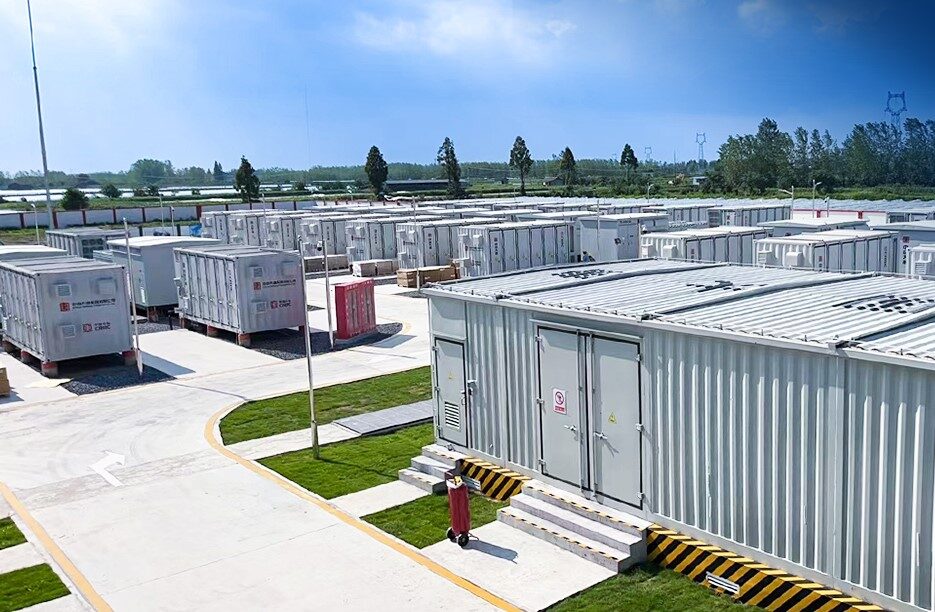Cloud-bearing weather systems dominated the British Isles, significantly reducing irradiance and solar generation across the UK and Ireland between 9 and 18 February 2025. Persistent cloud cover first arrived from the east under the influence of a Scandinavian high-pressure system and followed by clouds from the Atlantic. This combination resulted in historically low PV output, with Ireland most severely impacted, according to analysis using the Solcast API.

Between 9 and 18 February, solar generation across the British Isles reached its lowest levels relative to capacity in at least a decade. Analysis of the distribution network in the UK revealed that all Distribution Network Operator regions, except for UK Power Networks
(UKPN) in southeast England, recorded their lowest PV generation for this time of year in ten years. The UKPN region saw its second-lowest February performance in the same period.
The Northern Power Grid (NPG) distribution area, covering northeast England, was among the hardest hit, with generation down 56% compared to normal levels. Other Distribution Network Operator areas, including Scottish Power Energy Networks (SPEN), Scottish and
Southern Electricity Networks (SSEN), Electricity North West Limited Grid (ENWL), and National Grid Electricity Distribution (NGED) also saw reductions of 30%-39%.

The first phase of prolonged cloud cover was driven by an easterly flow linked to a Scandinavian high-pressure system. This setup channeled low-level cloud over the British Isles, reducing solar irradiance across much of the region. Later in the period, a strong jet stream over the Atlantic intensified frontal systems, which moved in from the west and brought widespread cloud and rainfall. These systems suppressed irradiance, particularly across Ireland and many parts of Great Britain, taking solar output below seasonal norms.

Some locations in Ireland and Great Britain recorded their lowest solar irradiance levels in 18 years, across the 9 to 18 February period. For example, Dublin saw mean daily irradiance drop to 0.45 kWh, while Belfast recorded an even lower 0.42 kWh. Newcastle upon Tyne,
which fared slightly better with a mean daily irradiance of 0.65 kWh, was still at its lowest mark in 18 years. Great Britain was not as strongly affected as Ireland, as it was less influenced by the Atlantic weather systems. However, Ireland remained under persistent cloud cover throughout the period, leading to its particularly low overall irradiance.
Solcast produces these figures by tracking clouds and aerosols at 1-2km resolution globally, using satellite data and proprietary AI/ML algorithms. This data is used to drive irradiance models, enabling Solcast to calculate irradiance at high resolution, with typical bias of less than 2%, and also cloud-tracking forecasts. This data is used by more than 300 companies managing over 150GW of solar assets globally.
The views and opinions expressed in this article are the author’s own, and do not necessarily reflect those held by pv magazine.
This content is protected by copyright and may not be reused. If you want to cooperate with us and would like to reuse some of our content, please contact: editors@pv-magazine.com.



By submitting this form you agree to pv magazine using your data for the purposes of publishing your comment.
Your personal data will only be disclosed or otherwise transmitted to third parties for the purposes of spam filtering or if this is necessary for technical maintenance of the website. Any other transfer to third parties will not take place unless this is justified on the basis of applicable data protection regulations or if pv magazine is legally obliged to do so.
You may revoke this consent at any time with effect for the future, in which case your personal data will be deleted immediately. Otherwise, your data will be deleted if pv magazine has processed your request or the purpose of data storage is fulfilled.
Further information on data privacy can be found in our Data Protection Policy.